These Are The Sharks That Live In The Pacific Ocean
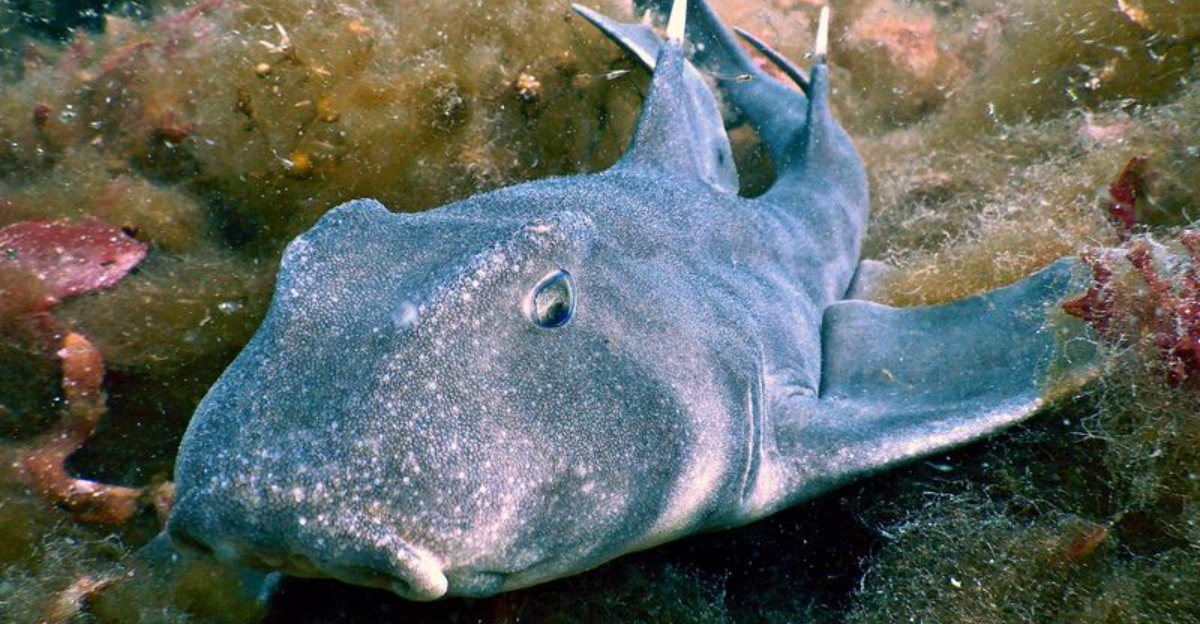
The vast and mysterious Pacific Ocean is home to an incredible array of shark species, each with its own unique traits and fascinating behaviors.
Among the countless marine creatures, sharks hold a special place as both feared predators and admired wonders of nature.
Today, we’ll explore distinct species of sharks that inhabit the Pacific waters, showcasing their unique characteristics and captivating allure.
1. Broadnose Sevengill Shark
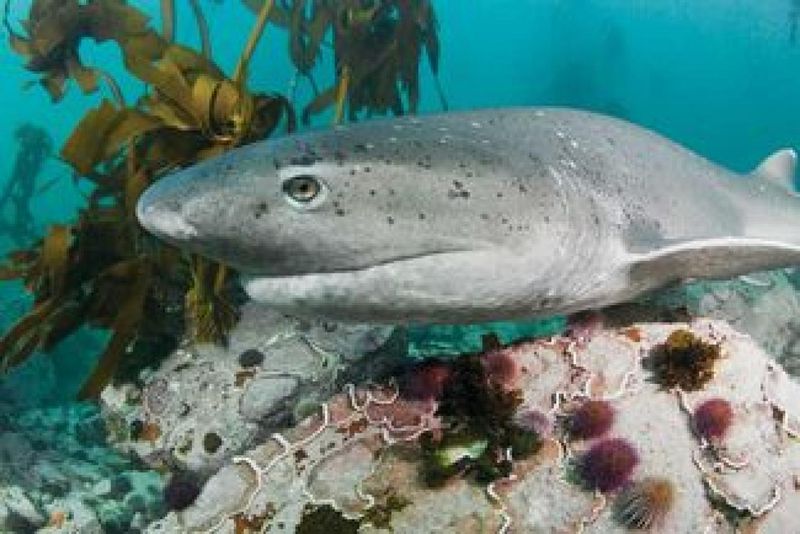
The Broadnose Sevengill Shark, distinguished by its seven-gill slits, is a fascinating predator of the Pacific. Found mainly in temperate coastal waters, this shark can grow up to 10 feet in length, making it a formidable presence in its habitat. Its broad and flat head is characteristic, aiding in its stealthy approach towards prey.
Despite its somewhat intimidating appearance, the Broadnose Sevengill is a relatively docile shark, often spotted by divers exploring kelp forests. Its diet includes a variety of marine life such as fish, rays, and even other sharks. Interestingly, they are known to hunt in packs, a rare behavior among sharks.
Their presence in the ocean plays a crucial role in maintaining the balance of the marine ecosystem. Through their predatory activities, they help control the population of other species, ensuring biodiversity.
Observing a Broadnose Sevengill in its natural environment offers a unique insight into the complexity and beauty of marine life, leaving one with a deeper appreciation for these ancient creatures.
2. Spiny Dogfish
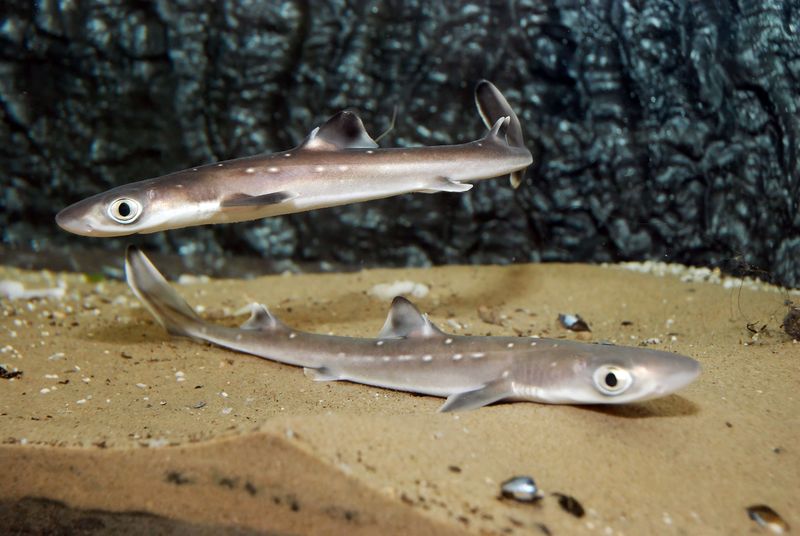
The Spiny Dogfish is a small yet remarkable shark known for its long migration patterns and distinctive spines on its dorsal fins. These sharks inhabit the temperate and subarctic regions of the Pacific, often traveling in large schools. Despite their modest size, usually not exceeding 4 feet, they are highly resilient predators.
Their diet primarily consists of small fish and invertebrates, showcasing their adaptability in various marine environments. The spines on their dorsal fins serve as a defense mechanism against potential predators, making them a unique subject of study for marine biologists.
Spiny Dogfish are known for their incredible longevity, with some living over 80 years. This remarkable lifespan, coupled with their wide-ranging habitat, makes them a critical species for studying marine ecology.
Their resilience is a testament to the intricate balance within the oceanic food chain, highlighting the interconnectedness of marine life in the Pacific.
3. Pacific Sleeper Shark
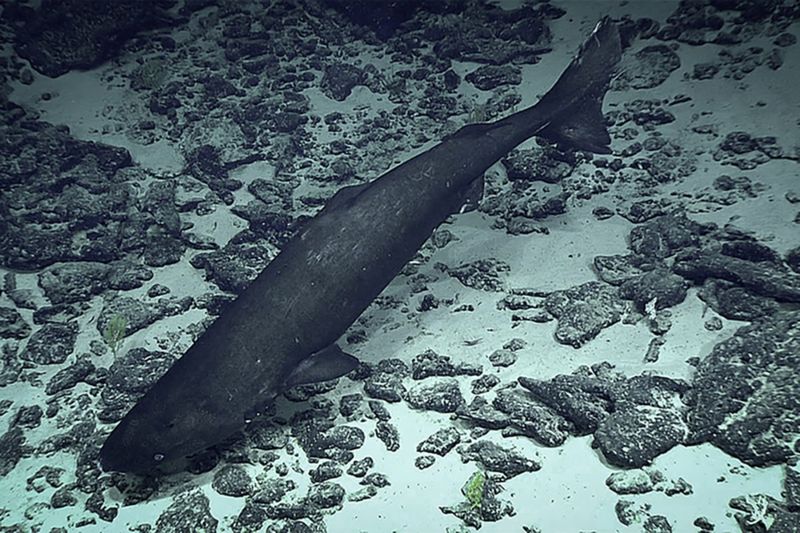
The Pacific Sleeper Shark is an enigmatic and elusive species, primarily inhabiting the deep, cold waters of the Pacific Ocean. Known for its slow-moving nature, this hefty predator can reach lengths of up to 23 feet. Its large, torpedo-shaped body allows it to glide silently through the water, undetected by its prey.
Despite its size, the Pacific Sleeper Shark is a stealthy hunter, feeding on a variety of marine animals, including fish, squid, and even seals. Its diet and behavior in the deep ocean remain largely a mystery, adding to its allure and the intrigue surrounding its ecological role.
Adapted to life in the abyss, this shark’s physiology is uniquely suited to withstand extreme pressures, making it an exciting subject for scientific research.
Studying the Pacific Sleeper Shark offers valuable insights into the adaptations necessary for survival in one of Earth’s most unforgiving environments, and underscores the vast unknowns that still lie beneath the ocean’s surface.
4. Whale Shark
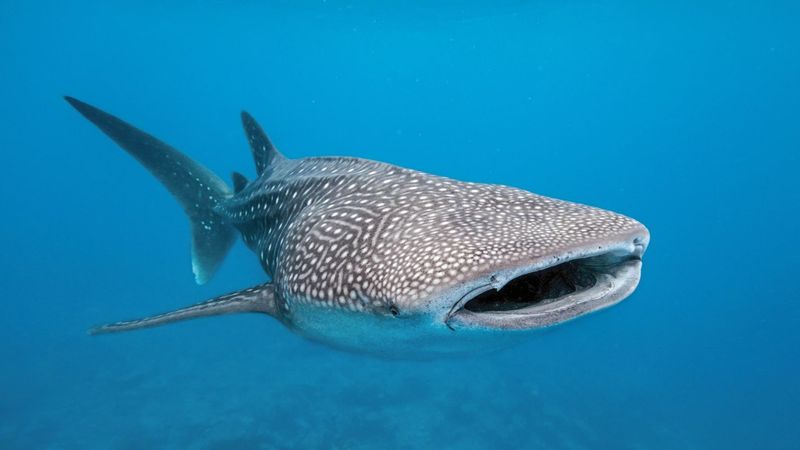
The Whale Shark, a gentle giant of the ocean, is the largest fish in existence, reaching lengths of up to 40 feet or more. Despite their colossal size, Whale Sharks are known for their docile nature, posing no threat to humans. These magnificent creatures are often found in the warmer waters of the Pacific, where they gracefully glide through the ocean.
Their diet is primarily composed of plankton, krill, and small fish, which they filter-feed through their large mouths as they swim. This feeding method is a sight to behold, drawing many divers and marine enthusiasts eager to witness the spectacle.
Whale Sharks play a significant role in the marine ecosystem, helping to regulate plankton levels and contribute to the health of the ocean.
Their presence also boosts ecotourism, offering a unique opportunity for people to connect with the ocean’s wonders. Observing a Whale Shark in its natural habitat is a humbling experience, prompting awe and respect for the incredible biodiversity of the Pacific.
5. Nurse Shark
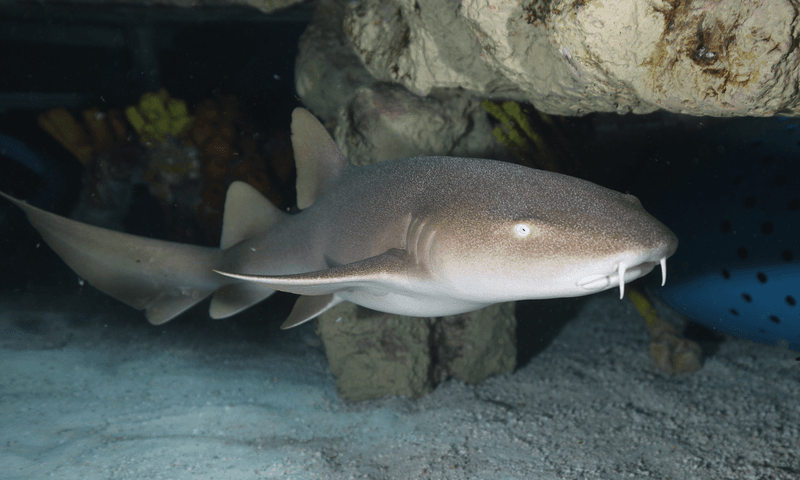
Nurse Sharks, with their distinctive barbels and peaceful demeanor, are a staple of the coral reef ecosystems in the Pacific. These bottom-dwelling sharks are typically found resting on the ocean floor during the day, often nestled among the vibrant coral reefs. Though they can grow up to 14 feet, they pose little threat to humans due to their docile nature.
Their diet primarily consists of mollusks, crustaceans, and small fish, which they hunt using their keen sense of smell and specialized barbels. These sensory organs help them locate prey hidden in the sand, showcasing their unique adaptation to the benthic lifestyle.
Nurse Sharks are known for their social behavior, often seen congregating in groups. This social aspect, along with their role in the ecosystem as predators of invertebrates, highlights their importance in maintaining the health and balance of coral reef environments. Their presence is vital to the intricate web of life that thrives in these underwater paradises.
6. Mexican Hornshark
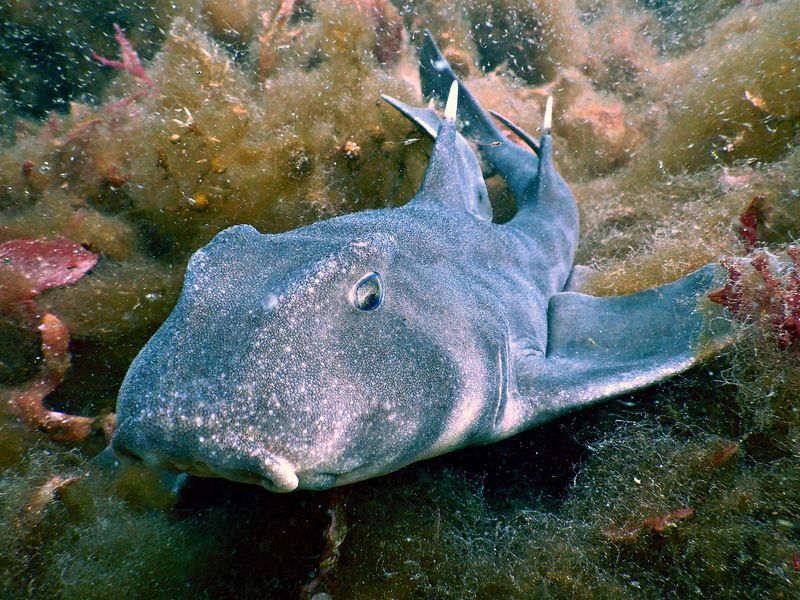
The Mexican Hornshark is a small, nocturnal species renowned for the horn-like ridges above its eyes, giving it a distinctive and somewhat whimsical appearance. Found in the coastal waters of the Pacific, primarily near Mexico, this shark prefers rocky reef environments where it can easily hunt and find shelter.
Its diet mainly comprises crustaceans and small fish, which it hunts under the cover of darkness. The Mexican Hornshark’s nocturnal habits reflect its adaptation to a niche environment, minimizing competition with other predators while maximizing its hunting efficiency.
Despite its unassuming size, usually not exceeding 3 feet, the Mexican Hornshark plays a crucial role in its habitat as a predator of invertebrates.
This role underscores the intricate connections within the marine food web and the importance of each species in maintaining ecological balance. Observing these charming sharks in their natural setting offers a glimpse into the lesser-known aspects of marine life.
7. Megamouth Shark
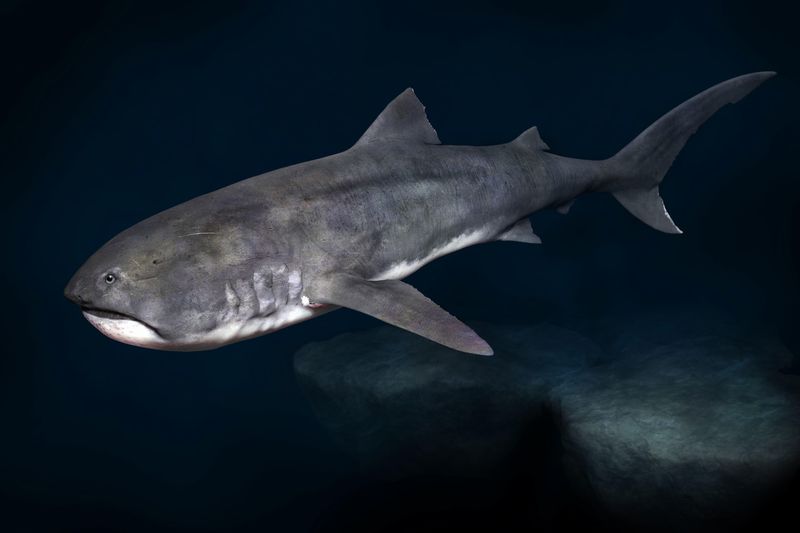
The Megamouth Shark is one of the ocean’s more mysterious denizens, named for its enormous mouth used to filter-feed on plankton. This deep-water shark is rarely seen by humans, adding an aura of mystery and intrigue to its existence. Typically found in the warmer regions of the Pacific, the Megamouth can grow up to 18 feet long.
Its large mouth is lined with photophores, which are thought to lure plankton and small fish into its gaping maw. This unique feeding strategy highlights the diverse adaptations of sharks to their environments, allowing them to exploit different ecological niches.
The discovery of the Megamouth Shark in the late 20th century was a significant event in marine biology, shedding light on the diversity of shark species.
As enigmatic as it is rare, the Megamouth Shark continues to captivate scientists and enthusiasts alike, symbolizing the vast unknowns that the ocean still holds. Its elusive nature prompts ongoing research, emphasizing the need to protect our oceans and the creatures that reside within them.
8. Common Thresher Shark
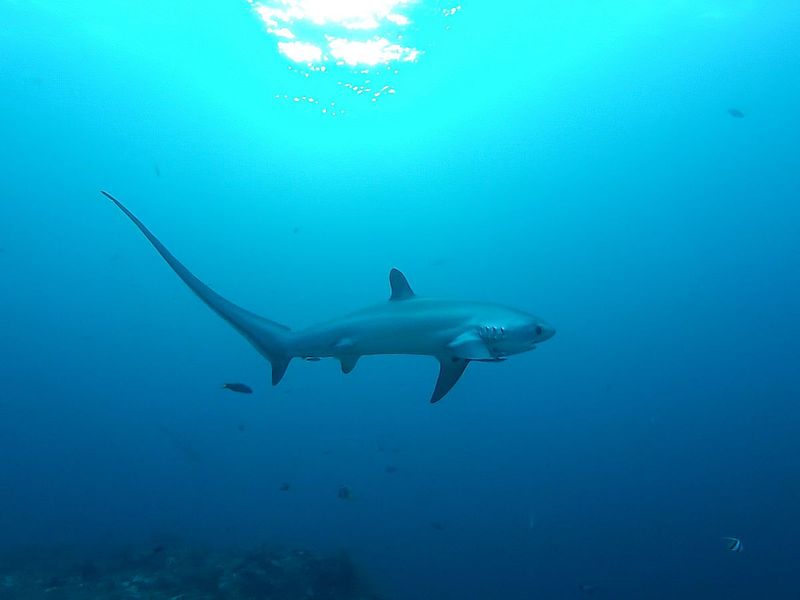
The Common Thresher Shark is easily recognized by its extraordinarily long tail, which often exceeds the length of its body. This unique feature is not just for show; it’s a powerful hunting tool used to stun fish, making them easier to catch. Found throughout the temperate Pacific waters, Common Threshers are agile and effective predators.
Their diet primarily consists of schooling fish, which they hunt using their elongated caudal fins in a whip-like fashion. This hunting technique requires precision and skill, showcasing the evolutionary adaptations that have made them successful predators.
Beyond their hunting prowess, Common Threshers are highly migratory, traveling great distances across the Pacific. This migratory behavior emphasizes their role in connecting different marine environments, contributing to the genetic diversity and ecological complexity of the ocean.
Observing a Common Thresher in action is a thrilling experience, revealing the incredible adaptations that have enabled them to thrive in the marine world.
9. Shortfin Mako
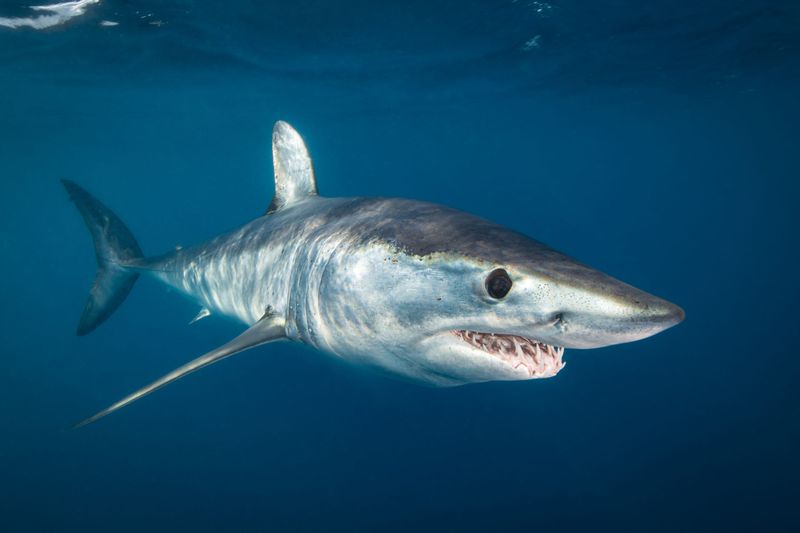
The Shortfin Mako Shark is renowned for its speed and agility, often dubbed the cheetah of the ocean. Capable of reaching speeds up to 45 miles per hour, this shark is a formidable predator in the Pacific Ocean. Its streamlined body and sharp teeth make it an efficient hunter, preying on fish such as tuna and mackerel.
Its impressive speed is matched by its intelligence, making the Shortfin Mako a challenging subject for researchers studying shark behavior. This combination of traits highlights the evolutionary success that has allowed it to thrive in various marine environments.
Despite their fierce reputation, Shortfin Makos are threatened by overfishing and habitat loss. Conservation efforts are crucial to ensure their survival, as they play a vital role in maintaining the balance of the oceanic ecosystem.
Observing a Shortfin Mako in its natural habitat is a testament to the incredible biodiversity of the Pacific, and a reminder of the importance of protecting these magnificent creatures.






